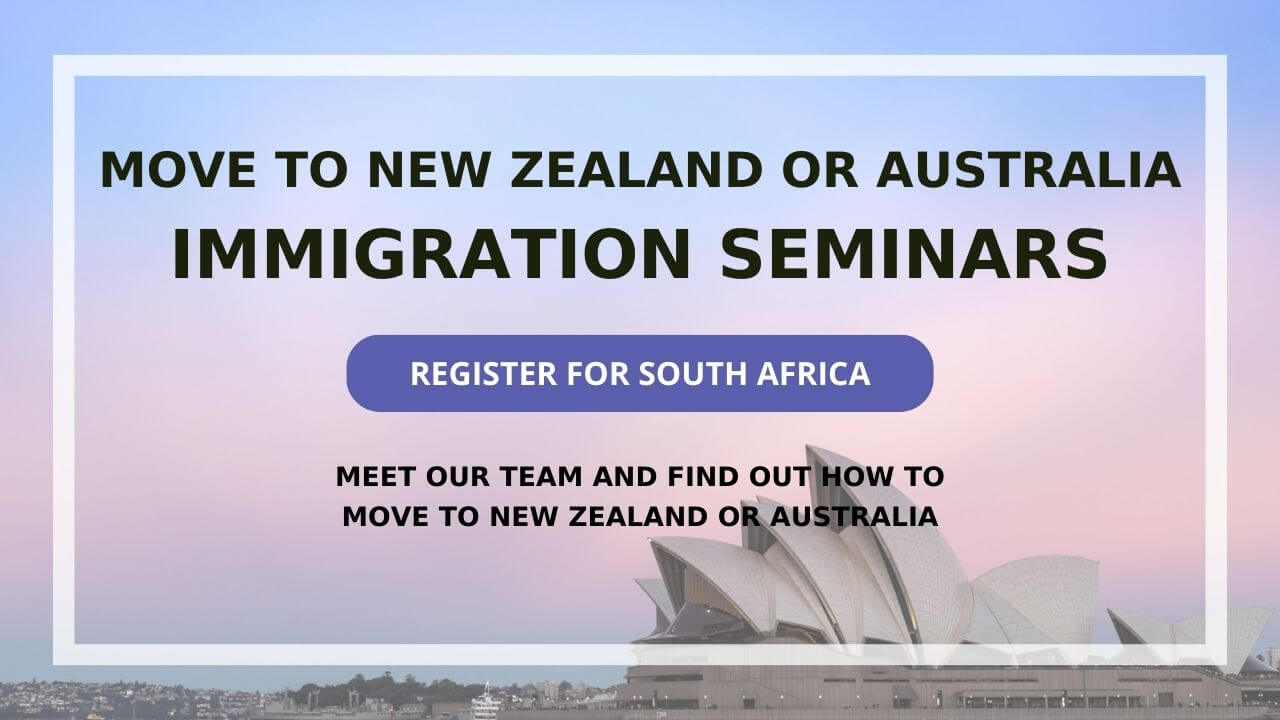Obtaining Australian residency
Moving to Australia is one of the best decisions you will make in your life. With Australia being one of the safest, least corrupted countries in the world, coupled with its quality of life, wonderful climate and unrivalled natural beauty it makes it the ideal destination for you and your family.
This guide outlines the different migration pathways that lead to Permanent Residency (PR) in Australia. Whether you’re applying from offshore or already in Australia on a temporary visa, understanding your long-term options is essential.
What can I do with a residence-class visa?
A residence-class visa gives you the right:
- to stay in Australia indefinitely (with valid travel conditions)
- to work in Australia for any employer or be self-employed
- to study in Australia as a domestic fee-paying student
- to receive free or subsidised health care at publicly funded health services (Medicare)
- to receive free education at state-run primary and secondary schools, and subsidised fees for domestic students at private schools and tertiary institutions
- to be a sponsor for eligible relatives to come to Australia
- and more…
How do I get residence in Australia?
 There are several residence class visas you may be eligible for depending on your circumstances, with the General Skilled Migration (GSM) Visas being the most popular options. There are also options via family categories and via business migration.
There are several residence class visas you may be eligible for depending on your circumstances, with the General Skilled Migration (GSM) Visas being the most popular options. There are also options via family categories and via business migration.
The residence process can be quite long and can take up to 28 months and will require you and your family members to maintain good health and character until the decision is made on the visa application.
Direct Permanent Residency (Offshore or Onshore)
Skilled Independent Visa (Subclass 189)
- Points-tested visa
- Does not require employer or state sponsorship
- Suitable for applicants with occupations on the Medium and Long-term Strategic Skills List (MLTSSL)
Skilled Nominated Visa (Subclass 190)
- Points-tested and requires nomination from a state or territory government
- Offers an additional five points on your points test
- Requires a commitment to live and work in the nominating state for at least two years
Regional PR Pathway (Provisional to Permanent)
Skilled Work Regional Visa (Subclass 491)
- Points-tested visa requiring nomination by a state/territory or sponsorship by an eligible family member
- Requires you to live, work, and study in a designated regional area for at least three years
Permanent Residence (Skilled Regional) Visa (Subclass 191)
- Available after holding a 491 visa for three years
- Requires evidence of income at or above the required threshold for those three years
This two-stage pathway is ideal for applicants who are open to settling in regional Australia and want to strengthen their eligibility through additional points and local experience.
3. Employer-Sponsored Permanent Residency Pathway
Skills in Demand Visa (Subclass 482) → Employer Nomination Scheme (Subclass 186)
- Start with a 482 temporary work visa sponsored by an approved Australian employer
- After two or three years, depending on the stream, your employer may nominate you for permanent residency under the 186 visa
Streams include:
- Temporary Residence Transition (TRT)
- Labour agreement stream
- Direct Entry (DE)
Employer-sponsored pathways are often faster but depend on your ability to secure a long-term job offer from an eligible sponsor.
Family and Partner Pathways to Permanent Residency
 Partner Visas (820/801 Onshore or 309/100 Offshore)
Partner Visas (820/801 Onshore or 309/100 Offshore)
- For partners or spouses of Australian citizens or permanent residents
- Two-stage process leading to permanent residency
Parent Visas
- For parents of Australian citizens or permanent residents
- Processing times are typically longer, but it is a viable pathway for family reunification
5. National Innovation visa (Subclass 858)
You must have an internationally recognised record of exceptional and outstanding achievement in one of the following areas:
- a profession
- a sport
- the arts
- academia and research.
This means that you:
- have superior abilities and achievements to others in your area
- are acclaimed as exceptional in any country where your area is practised
- have a record of sustained achievement unlikely to diminish in the near future.
You must also participate in an area that is recognised and accepted in Australia and has international standing.
- No employer or state nomination required
- Priority processing
- Designed for individuals with a history of exceptional achievement and global recognition
Why It’s Important to Understand Your Pathway
Each migration pathway has its own:
- Timelines and eligibility criteria
- Visa conditions and location commitments
- Steps required before you can apply for PR
- Assessment and documentation requirements
Having a long-term strategy not only improves your chances of success, but also helps avoid delays and costly mistakes.
How Australian Shores Can Help
At Australian Shores, we support you every step of the way by:
- Reviewing your profile and identifying the most viable PR pathway
- Managing your skills assessment and visa applications
- Guiding you through Expression of Interest submissions and state nominations
- Preparing a strategy tailored to your goals, occupation, and eligibility
Not sure what visa is right for you?
Take our online eligibility assessment or get in touch with our team!
